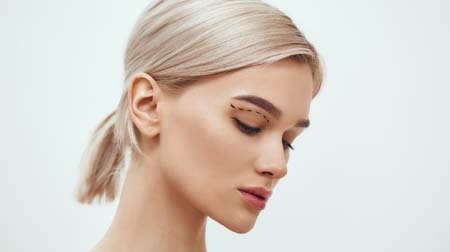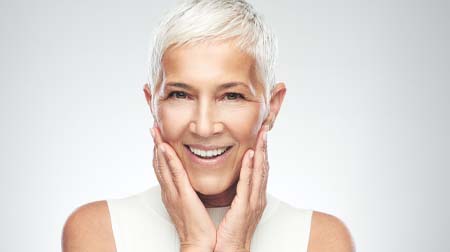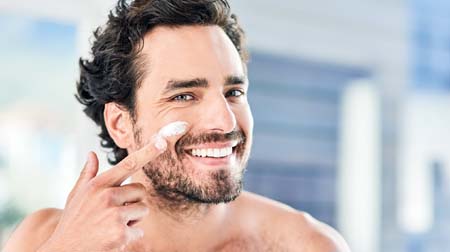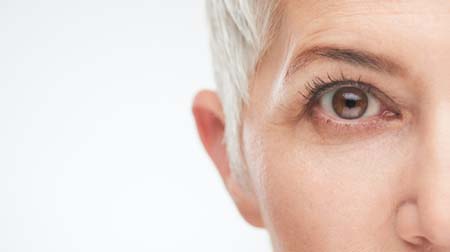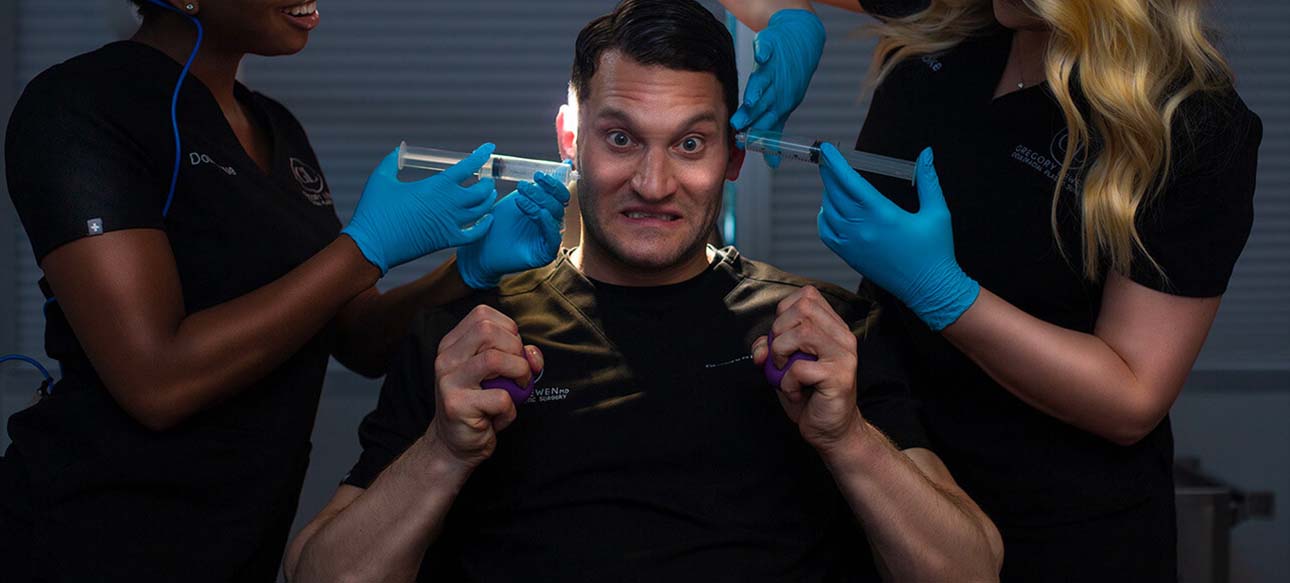What Can Be Corrected with Revision Eyelid Surgery?
Some of the more common reasons for an unsatisfactory surgical result can include the following:
Not Enough Tissue Removed (Under correction)
If you feel that there was not enough tissue removed during your initial blepharoplasty, you may be a candidate for a blepharoplasty revision. A full evaluation with Dr. Lewen is required prior to creating a surgical plan, and in order to determine if you are a good candidate for this procedure. At times, a droopy brow can create the appearance of additional heaviness in the upper lids, while a loss of midface volume can sometimes create the appearance of additional wrinkles in the lower lids. In these cases, and in some others, Dr. Lewen may recommend other treatment and/or surgical options to address these complementary areas of the face in order to attain your best results.
Too Much Tissue Removed (Overcorrection)
This problem is unfortunately seen much more commonly than under correction. When too much tissue is removed during an initial blepharoplasty, other problems can frequently ensue, such as: problems closing the eyes completely, a change in the shape of your eyes, tearing issues, discomfort, and/or dry eyes. In some cases, overcorrection can leave patients with a sunken, hollowed, or skeletonized appearance to the eyelids that actually adds the appearance of additional aging to the face, as opposed to the desired outcome of rejuvenation. In other cases, over-correction can result in a change in eyelid position that can result in the eyelids pulling down, turning in, turning out, or being fixed in a position where the eyelids cannot close appropriately. Depending on your specific case, you may require adjunctive procedures as a part of your revision eyelid surgery that may include: tissue and/or skin grafts, facial filler injections, facial implants, a tightening procedure for the eyelids, and/or a lift of the midface tissues in order to achieve a significant improvement in your appearance and the function of your eyelids.
Unsightly Scar
If you are unhappy with the appearance of a scar after your initial blepharoplasty, you may benefit from revision eyelid surgery. You may also benefit from other treatment options such as laser treatments, peels, injections of medications to alter the structure and appearance of a scar or a medical-grade skin care regimen. Scarring in the inner or outer corners of your eyes can sometimes create a webbed appearance that may pull on the eyelids when closing or opening the eyes. In some cases, webbing in the inner corner of the eyes can create the appearance of a fold of skin that can give the eyes a somewhat Asian-appearing look. Yet, other cases may have a scar that doesn’t hide in a normal lid crease as was initially expected. Dr. Lewen will need to discuss your specific concerns with you in order to determine the best treatment plan to improve the appearance of a scar.
Lid Crease Issues
Lid crease issues can arise after initial eyelid surgery when the eyelid crease incision is not placed appropriately so that it settles in the normal eyelid fold. Issues can also arise if the incision line is placed too high in the eyelid, if it is not correctly fixed in position so that it does not migrate, or if too much fat is removed from the upper eyelid during surgery, resulting in a hollowed appearance. In some cases, a higher lid crease can give a more feminized look to a male eyelid. When excess fat is removed from the upper eyelid area, the volume deficiency can sometimes cause the lid crease to move higher, or in some cases, it may disappear completely. Lid crease issues can be repaired during blepharoplasty revision. You may also require additional treatments such as facial filler injections to restore volume that may have been lost if this is a potential cause of your lid crease issues.
Prolonged Swelling and Chemosis
Prolonged swelling issues can sometimes occur as a side effect of blepharoplasty, even in otherwise healthy individuals. Sometimes, these issues may be related to the condition of your skin and the degree of sun damage that exists. Persistent swelling can also sometimes result from an improper eyelid position or too much laxity (looseness) in the eyelids. Chronic dry eye and allergy issues that are not treated effectively can also sometimes exacerbate issues related to persistent swelling. Rarely, some swelling may take much longer to fully resolve after surgery, but this may not necessarily require additional surgery. In some cases, swelling may appear as a bubble occurring in the conjunctival tissue overlying the white part of the eye, and this is called chemosis. Depending on the cause of your persistent swelling or chemosis, a blepharoplasty revision may be recommended to help you achieve the best results. During a consultation for this problem, Dr. Lewen will fully evaluate every patient for certain skin or eye conditions that can exacerbate issues with persistent swelling or chemosis, and he will make certain treatment recommendations when he feels they will be necessary to aid in your healing process.
Festoons
Also known as malar mounds, festoons are typically seen as a pouch of tissue that may appear puffy or fluid-filled, and they are typically located in the midface/cheek area, just below the border of the lower eyelid. Festoons are thought to be the result of sun damage over the course of time and are related to various muscle forces in the face. They can sometimes be made worse or more pronounced as a result of chronic dry eye or allergy issues, or anything that causes increased inflammation in the area around the eyes. In some cases, certain facial filler injections that are placed underneath the eyes can lead to additional swelling and the formation of a festoon. At times, the festoon may persist for a longer period, possibly even after the facial filler product has dissolved. Even after an initial blepharoplasty of the lower eyelids that yields excellent results for the rejuvenation of the eyelid tissues, you may not be entirely happy with your result if you have a persistent festoon present in the area where your lower eyelid and cheek blend together. One major reason for this is because once lower eyelid cosmetic issues are effectively addressed, a neighboring area that still contains a festoon may become subconsciously more noticeable. A simple analogy would be to consider only cleaning one room in a messy house. After cleaning the one room, the rest of the house would look even messier in comparison, particularly the adjacent rooms. If you have persistent festoons, you may be a candidate for blepharoplasty revision. Dr. Lewen will discuss your various treatment options during your consultation.
Persistent Drooping of the Upper Eyelids
Drooping of the actual eyelid margin is referred to as blepharoptosis, or “ptosis” for short. If you had a previous blepharoplasty, and you are concerned that your upper eyelids still look droopy, you may have some ptosis of your upper eyelids. Ptosis of the upper eyelids can be due to a number of factors and requires a full evaluation if this is a new condition. In some cases, ptosis of the upper eyelids can be demonstrated to have been present even before eyelid surgery. In these cases, if it was not diagnosed and effectively managed at the time of initial blepharoplasty, ptosis can appear somewhat more prominent and noticeable after blepharoplasty is performed. If ptosis is present as an isolated condition, you may be a candidate for blepharoplasty revision with ptosis repair. In more rare cases, if ptosis is also present with other symptoms such as double vision and/or eye pain, you may have a more advanced medical condition, and you should seek urgent evaluation by a board-certified general ophthalmologist.
Persistent Drooping of the Lower Eyelids
Drooping of the lower eyelids can sometimes result after initial blepharoplasty. If the lower lids simply appear to be pulled down, showing more of the white part of the eye below, you may have a condition known as lower eyelid retraction. In some cases, the edge of the eyelid may also turn outwards, signifying a condition known as ectropion. Both of these conditions can be associated with other eye issues such as tearing, dry eyes, burning discomfort, and an inability to close the eyes completely. Although these conditions can potentially result from an overcorrection during surgery, sometimes these conditions can also occur after the surgery is completed as a result of your individual healing, swelling, scarring, specific skin or medical conditions, or even other environmental factors such as smoking or sun exposure. In order to avoid these types of complications, it is so important to follow the specific post-operative instructions that you are given by your surgeon and to ask any questions that you have regarding your healing process. If you have persistent drooping of your lower eyelids due to lower lid retraction and/or ectropion, you may require revision eyelid surgery. In more advanced cases, you may require a graft of tissue and/or skin to the lower eyelids in order to help lift them back into the most anatomically correct position. You may also require additional procedures such as a lift of the midface tissues to ensure adequate support for the lower eyelids. Dr. Lewen will discuss the specifics of what your case will involve at the time of your consultation.
Rounding of the Corners or Change in the Shape of Your Eyes
If you are concerned that your eyes may have changed shape after your initial blepharoplasty, you may be a candidate for revision eyelid surgery. Sometimes, this change in the shape of your eyes after surgery can be due to the positioning of the lower eyelids. It is possible that you may have had some laxity (looseness) of the lower eyelids that was present even before surgery. This laxity is a relatively common, age-related change that is seen in the lower eyelids, and when present, should be addressed during blepharoplasty surgery in order to achieve the best possible results. There are also a number of other issues that can sometimes affect the shape of the eyes after blepharoplasty, such as scarring, hollowing, and others. Dr. Lewen will need to evaluate your individual case at the time of your consultation to determine the best treatment to repair any issue with the shape of your eyes.
Asymmetry
Although we all desire to have the most symmetric result after initial blepharoplasty, it is important to understand that we all have some asymmetry that exists naturally in our faces. For some patients, asymmetry may be due to fundamental differences in the structure of the underlying bone. These differences can be related to prior events of trauma, surgery, or medical conditions. Bony asymmetry can also be due to subtle differences in the environment for each side of the face over the course of time. Frequently, there are also some soft tissue differences that can exist between the two sides of a face that can be due to similar factors such as environmental differences, medical conditions, differences in facial muscle strength and action, sleeping preferences, and many others. If you are concerned about asymmetry in your result after blepharoplasty, you may be a candidate for blepharoplasty revision if the difference between the two sides is something that is not related to underlying anatomical differences in your face. In some of these cases where there may be underlying bone asymmetry, there may be other treatment options that Dr. Lewen can recommend to camouflage the difference seen between both sides of the face. Every patient is different, and Dr. Lewen will perform a full evaluation of your specific condition and appearance at the time of your consultation in order to present you with the most appropriate recommendations for improving your asymmetry.
Cysts or Bumps, Lacrimal Gland Prolapse
Cysts or bumps in the eyelid tissue can sometimes arise when healing from an otherwise successful initial blepharoplasty. Frequently, small inclusion cysts may resolve spontaneously if given enough time. For other bumps, sometimes a blepharoplasty revision may be required to appropriately address the issue. For some patients, a bump or heaviness in the outer portion of the upper eyelids can become more prominent after initial eyelid surgery. This may be even more of an issue if fat was removed from the upper eyelids during your surgery. A bump, or heaviness in this area of the upper eyelids may represent a prolapsed lacrimal gland (a gland that makes tears) that is drooping into the outer portion of the upper eyelid tissue. If this persists and you are bothered by the appearance, you may require revision eyelid surgery to re-position and secure the lacrimal gland into its normal anatomic location. Dr. Lewen will evaluate your individual case during a consultation, and he will make the most appropriate recommendations for additional treatment if needed.
Color Changes
At times, there can be some color changes to the eyelid skin following initial blepharoplasty surgery. Frequently, many of the color changes may resolve if given enough time. Rarely, there can be a residual pink color to the skin following your surgery, and you may benefit from additional treatments in order to improve the color of your eyelid skin. It is very important to remember that skin that is healing after surgery is somewhat more sensitive to your environment, and it needs to be aggressively protected from excess sun exposure and other environmental factors or stresses that can cause additional inflammation. Dr. Lewen will be happy to discuss the details of additional treatments to improve the color of eyelid skin after blepharoplasty during your consultation.
Floppy Eyelid, Eyelashes Pointing Down
Some patients have a pre-existing condition that leads to excess laxity (looseness) of the upper eyelids. This condition can sometimes cause the eyelashes to point downward as the normal tension in the upper eyelid is not as taught. This “floppy eyelid” condition can be related to certain sleep disorders, such as sleep apnea, and can also result from some conditions that would cause patients to excessively rub the eyes. This laxity in the upper eyelid can also sometimes give the appearance of additional drooping (ptosis) of the upper eyelid. There are also some other factors that can cause the lashes to point down after initial blepharoplasty surgery. In some cases, a blepharoplasty revision procedure can help to rotate the lashes into a more youthful position, pointing up and out. Dr. Lewen will perform a full evaluation at the time of your consultation to determine the treatment options that will be best for your individual case.
Entropion
In rare cases, the eyelid may turn in as it heals after initial blepharoplasty surgery. This can cause the eyelashes to rub against the front surface of the eye every time you blink, and it can be quite uncomfortable. This condition can also lead to blurry vision issues and can cause scarring on the surface of the eye if left untreated. If you are concerned about an entropion after initial surgery, you may require a revision eyelid surgery to repair the entropion, and to place the eyelid in the correct position against the surface of your eye. Dr. Lewen will discuss the details of this surgery, as well as other treatment options for your individual case at the time of your consultation.

